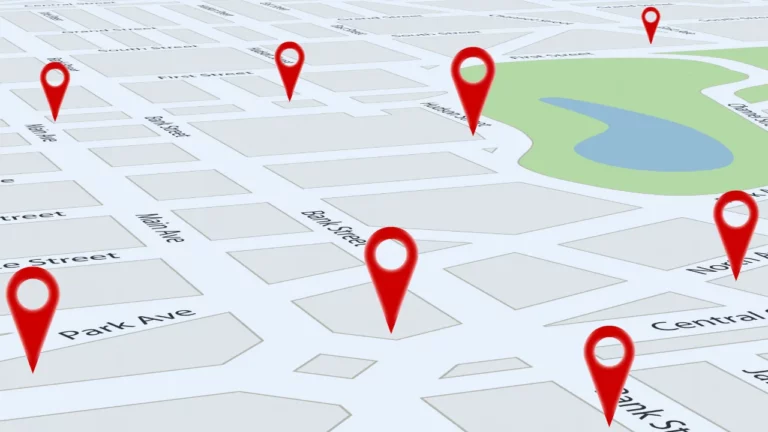Transitioning from a paper-based workflow to an EHR-based workflow has a significant impact on how your facility operates, both on the provider side and the patient-facing side.
Your patient’s experience begins even before stepping foot in your office, with your front desk wielding a significant impact on the workflow.
By definition, workflow refers to “the sequence of physical and mental tasks performed by various people within and between work environments. It can occur at several levels (one person, between people, across organizations) and can occur sequentially or simultaneously”. From this definition, every single action carried out in the health facility is part of the workflow, as long as it pertains to the provision of healthcare services to patients. So when a significant change is made, such as the introduction of an EHR, there is bound to be changes in the workflow.
Before and after the implementation of a new psychiatry EHR system, you need to perform a workflow analysis. Unfortunately, those who perform a workflow analysis often do so after the EHR has been selected and the implementation process has begun.
When a workflow analysis is carried out before the selection of the EHR, a number of important issues can be identified and taken into consideration during the selection process.
These include:
- Identifying current workflow inefficiencies
- Brainstorming desired workflow outcomes
- Creating a hierarchical list of priorities for desired workflow outcomes
- Figuring out what the most important EHR functionalities are
- Setting realistic expectations on how the EHR will help achieve set goals and expectations
- Understanding how staff on-boarding will be conducted and what would be possible resistance points
Once these key points have been determined, a workflow analysis should be scheduled to define the exact steps taken to accomplish each task.
The analysis should, among other things, identify the following elements:
- A detailed description of the facility’s processes. Doing this by department is best.
- Detailed workflow maps for these processes.
- Inefficiencies, bottlenecks and opportunities in the workflow.
- A high-level view of desired outcomes from the workflow redesign.
- Any changes that can be made before the EHR is brought in that have the potential to improve things.
The main point of the workflow analysis is to identify areas which the EHR, when implemented, can and will deliver significant gains.
As a benchmark, here are some of the workflow efficiencies you should be looking for:
- Improved office communications
- Improved patient flow
- Increased and improved provider-patient communication and interaction
- Real-time availability of patient information to providers
With all this in mind, it’s now time to move to the next step: process/workflow mapping. This involves the detailed point-by-point mapping of each process before the EHR implementation and after the implementation.
It’s important to do this for the following reasons:
- Process mapping will help you understand how current processes can be improved through EHR implementation before the fact, which will offer an opportunity for staff to contribute ideas on desired functionalities, something that will help with vendor selection.
- The practice will identify broken processes that can be fixed before implementing the EHR, avoiding duplication of processes once the EHR is implemented.
- Mapping will fast-track the implementation process and better prepare the health facility to take advantage of opportunities for improvement.
Once mapping is completed, you will now have sufficient data to make a data-driven decision of which vendor to pick. More importantly, you will have significant support from staff and providers, something that will tremendously boost the adoption process once you begin implementing the new EHR.










